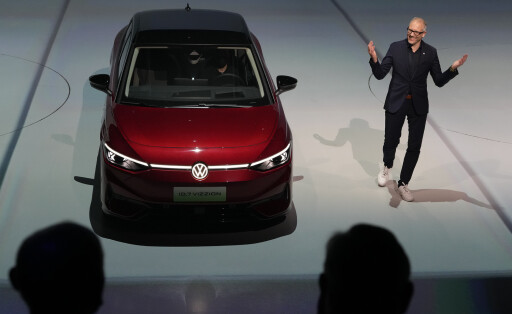
Dramatic times for German automakers
For the German manufacturers, the Auto Shanghai exhibition is the moment of truth. They are present at the world's most important car show with too few new cars and many worries. For the first time in three years, the exhibition is once again taking place with international exhibitors.
Von Frank Sieren


